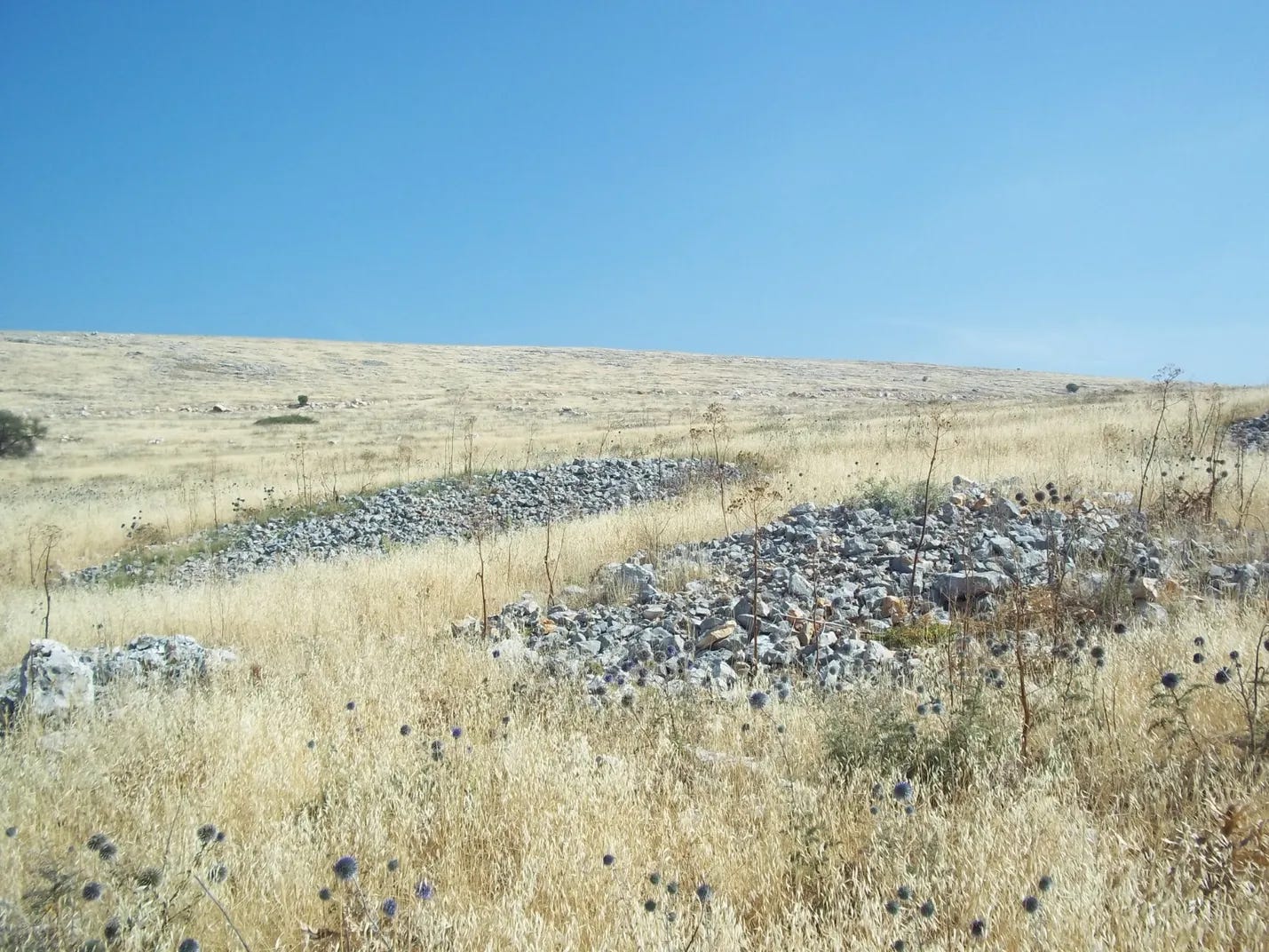Human Ancestors and Sacred Stone Quarries
Manage episode 412683781 series 3444207
For eons, ancient human ancestors frequented specific stone quarries, leaving behind a legacy of stone tools and offerings. But why did they choose these particular sites? Professor Ran Barkai and his team from Tel Aviv University have uncovered1 the long-hidden secret behind this ancient practice.
Deciphering Ancient Riddles
Professor Barkai poses the fundamental question:
"Why do we find rock outcrops surrounded by thousands of stone tools, while adjacent sites remain untouched?"
The answer, it seems, lies in the profound connection between humans, stone, and sacred space.
Ancient humans, reliant on stone tools for survival, revered the quarries as sacred sites. Barkai explains,
"Hunter-gatherers attribute great importance to the source of the stone – the quarry itself – imbuing it with potency and sanctity.”
A Journey Through Time
Barkai's team delved into the annals of the Palaeolithic era, studying tool-making sites in the Upper Galilee region of Israel and southern Lebanon. These sites, dating back hundreds of thousands of years, offered a window into the ancient past.

Thousands of quarries dotted the landscape, yet only a select few bore the marks of human activity. To unravel this mystery, the team turned to an unexpected source: elephants.
The Elephant Connection
Lead author Dr. Meir Finkel highlights the correlation between elephant migration routes and the location of stone quarries. Finkel explains,
"Elephants consumed vast quantities of water daily, following fixed movement paths,"
These paths intersected with quarrying sites, indicating a symbiotic relationship between humans and these majestic creatures.
A Universal Tradition
The researchers expanded their investigation, uncovering similar patterns across continents. Barkai notes,
"Wherever there were elephants, humans had to find suitable rock outcrops to quarry stone.”
This ancient tradition spanned generations, shaping the landscape and human history.
Legacy of the Past
As elephants vanished from the Earth, so too did the sacred bond between humans and stone quarries. Barkai reflects on this profound shift:
"For hundreds of thousands of years, elephants wandered along the same route, while humans produced stone tools nearby. Ultimately, those elephants became extinct, and the world changed forever."
In unraveling the mystery of ancient quarry sites, Barkai and his team offer a glimpse into humanity's distant past, revealing the intricate web of connections that shaped our ancestors' lives.
Finkel, M., & Barkai, R. (2024). Quarries as places of significance in the Lower Paleolithic holy triad of elephants, water, and stone. Archaeologies, 20(1), 147–176. https://doi.org/10.1007/s11759-024-09491-y
9 episoade




